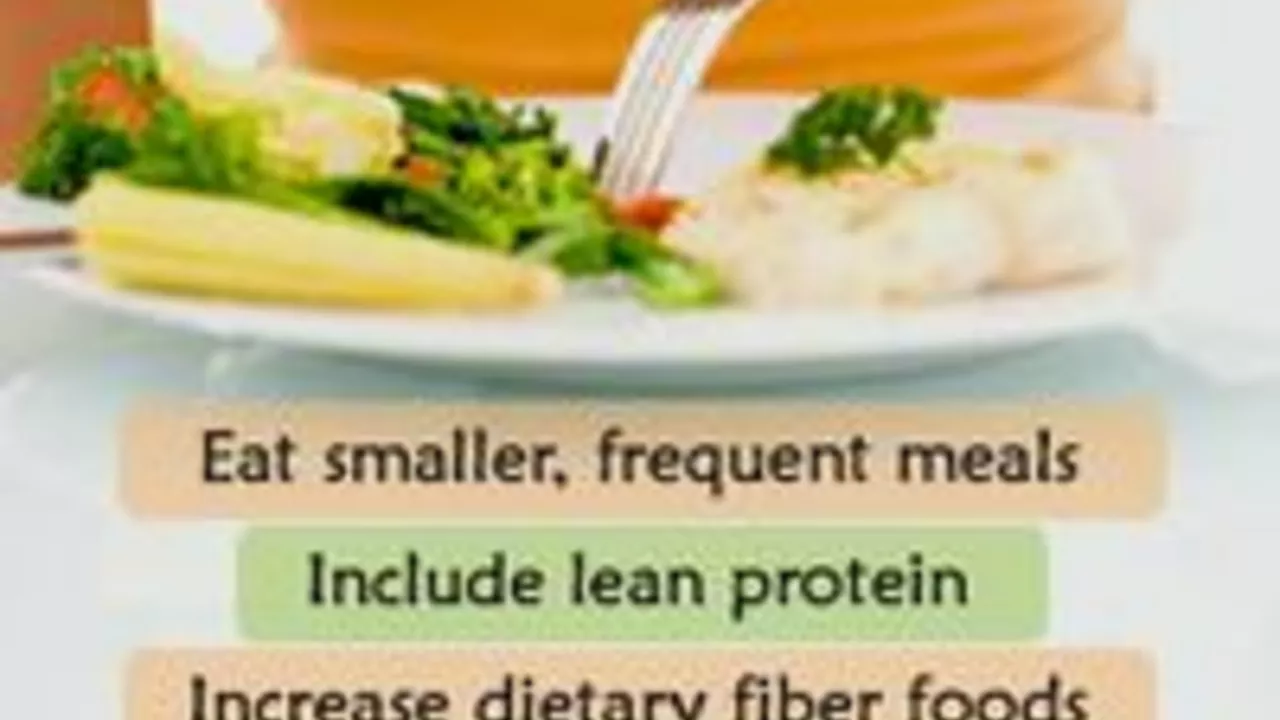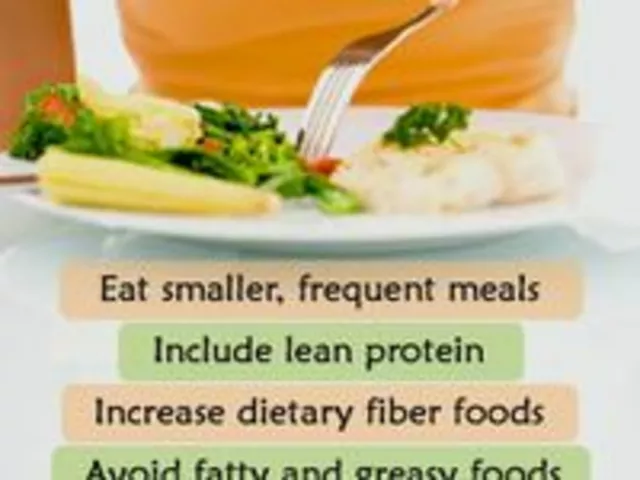Understanding the Importance of Fiber
When we talk about a colitis-friendly diet, one of the first things that come to mind is fiber. But what exactly is fiber? Fiber is a type of carbohydrate that our bodies cannot digest. While most carbohydrates are broken down into sugar molecules, fiber isn't digested at all. It passes through the body undigested, keeping our digestive system clean and healthy and easing bowel movements. It also adds bulk to our diet, making us feel full and aiding in weight management.
For those of us with colitis, fiber plays an even more crucial role. As fiber is not absorbed in the small intestine like other nutrients, it reaches the large intestine or colon intact. Here, it helps to absorb water and adds bulk to the stool, which aids in reducing diarrhea – a common symptom of colitis.
The Right Type of Fiber
Not all fibers are created equal, especially when it comes to a colitis-friendly diet. There are two types of fiber: soluble and insoluble. Soluble fiber, found in foods like oats, beans, and lentils, dissolves in water to form a gel-like material. It helps slow down digestion and can help manage diarrhea. Insoluble fiber, found in foods like wheat bran, vegetables, and whole grains, helps add bulk to the stool and can help prevent constipation.
For those of us with colitis, it's generally recommended to focus more on soluble fiber, as it can be easier on our digestive system. However, it's always important to listen to your body and adjust your diet based on how you feel.
Introducing Fiber into your Diet
When it comes to incorporating more fiber into your diet, it's important to take a gradual approach. Suddenly increasing your fiber intake can lead to gas, bloating, and cramping. Start by adding just a little more fiber to your diet each day, and drink plenty of water to help your body adjust. Also, remember to chew your food thoroughly. Chewing not only starts the process of breaking down food for digestion, it also signals your body to produce the necessary enzymes to digest fiber.
Experiment with different sources of fiber to see what works best for you. Some people find that they tolerate certain types of fiber better than others.
Fiber-rich Foods for a Colitis-friendly Diet
There are many delicious and nutritious sources of fiber that can fit into a colitis-friendly diet. Fruits and vegetables, whole grains, legumes, and nuts and seeds are all good sources of fiber. However, during a flare-up, you may need to avoid certain high-fiber foods that can make symptoms worse. Some people with colitis find that cooked, peeled, and seeded fruits and vegetables are easier to digest than raw ones. Similarly, you may find that whole grain breads and cereals, while high in fiber, can be hard on your digestive system.
Again, the key is to listen to your body and adjust your diet accordingly.
Final Thoughts on Fiber and Colitis
In conclusion, fiber can play a vital role in a colitis-friendly diet. It can help manage some of the symptoms of colitis, like diarrhea, and improve overall gut health. However, it's important to remember that everyone's experience with colitis is different. What works for one person may not work for another. So, while it's important to consider the potential benefits of fiber, it's equally important to listen to your body and work with your healthcare provider to create a diet plan that works best for you.






Debra Callaghan
July 7, 2023 AT 01:16Mitch Baumann
July 7, 2023 AT 01:37Gina Damiano
July 7, 2023 AT 23:22Emily Duke
July 8, 2023 AT 10:59Stacey Whitaker
July 9, 2023 AT 04:49